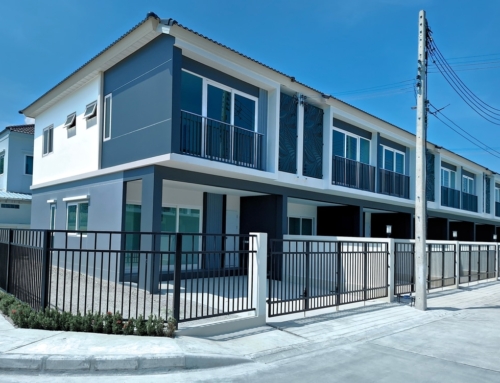In 2015, the U.S. housing market will take another step toward what might be considered “normal.”
In fact, Rick Sharga, executive vice president of real estate marketplace Auction.com, says this year will be “a ‘status quo’ ‘kind of year,” bringing slow but steady growth and an uptick in housing construction in the form of new, Millennial-focused starter homes and unique homes with room for more than one family.
Here are our predictions for what the housing market will look like in the year ahead:
The market will rumble along
“I believe that the housing market in 2015 will look very much like it looked in 2014,” Sharga says.
He puts existing home sales between 4.9 and 5.1 million units, new home sales between 450,000 and 500,000, and home price appreciation in the 3 percent to 4 percent range—which is similar to what happened in 2014.
Foreclosures and distressed properties are still elevated. They’re slowly dwindling, but we anticipate it will be another year before they return to normal levels.
Affordability issues may lead to falling prices
Many Americans will experience a price squeeze on homes next year. There’s a gap between rising home costs and rising income, and people simply aren’t earning enough to keep up with price appreciation—a problem we anticipate will get worse next year, shutting millions of Americans out of the market.
Median home prices rose 6 percent over the past year, while incomes rose by only about 2 percent, according to a recent Interest.com report. If interest rates increase next year (and they should as long as the economy continues to improve), that will only exacerbate the problem.
The only way the number of affordable markets will increase next year is if prices simmer down or there is substantial income growth next year. Because stagnant income seems to be the recession-created hangover the country can’t shake, it’s likely that falling housing prices may be the only way toward more home sales.
The American home will get cheaper, smaller and more urban
The homeowner demographic is changing. People looking for their first homes are less interested in the space and security of the suburbs and more interested in the walkability and access to the opportunities cities have to offer. What isn’t changing is that these homes need to be available and affordable, but they’re simply not there.
Inventory on entry-level homes is extremely tight, and that’s not likely to change. But we think demand will.
“We expect more demand to come from the lower end of the market in coming years as Millennials overtake Generation X as the largest home-buying demographic,” Zillow chief economist Stan Humphries said in a press release. “As this happens, builders will be forced to build for these more entry-level buyers, and inventory at the bottom tier should improve, however slowly.”
Households won’t grow much
During the recession, lots of people moved in with each other—kids with parents, siblings with siblings, and a variety of other roommate situations. While that initially looked like a recession-related blip on the radar, it seems that the trend is more permanent.
“Household formation is weaker than expected, and a higher percentage than usual of new households are renters, so homeownership rates will probably continue to slide,” Sharga says.
This has significant implications, especially for builders who will need to get creative about building less-expensive homes as well as more multi-family residences (homes with in-law suites or cottages alongside the main home). People are getting more comfortable with the idea of co-buying and sharing their homes, so look for these private nooks in a larger residence to become as common as the open concept kitchen.
Getting a mortgage will be easier
It seems obvious, but in order for the moderate recovery to continue and homeownership to increase, people need to buy homes. If those homes are out of reach because of mortgage restrictions that severely limit buyers who have less-than-stellar credit or non-traditional income, home sales simply won’t grow.
Mel Watt, the director of the Federal Housing Finance Agency, which oversees Fannie Mae, Freddie Mac, and the Federal Housing Administration, recently announced plans to begin loosening standards. We think this could have major impact on lending standards. Fannie and Freddie also issued new guidelines on the kind of loans they will buy, and banks are responding by relaxing their requirements.
While no one has a crystal ball, it’s safe to say that the housing market will continue to find its way toward a new normal in 2015. Americans are optimistic about what’s to come: According to a Trulia survey, consumers think this year will be better than 2014 for both buying and selling a home. Do you agree? What does the future of the housing market look like to you?
Ilyce Glink is the author of over a dozen books, including the bestselling 100 Questions Every First-Time Home Buyer Should Ask and Buy, Close, Move In! Her nationally syndicated column, “Real Estate Matters,” appears in newspapers from coast-to-coast, and her Expert Real Estate Tips YouTube channel has nearly 4 million views. She is the managing editor of the Equifax Finance Blog, publisher of ThinkGlink.com, and owner of digital communications agency Think Glink Media. In addition to her WSB radio show and WGN radio contributions, she is also a frequent guest on National Public Radio. Ilyce is a frequent contributor to Yahoo and CBS News.






